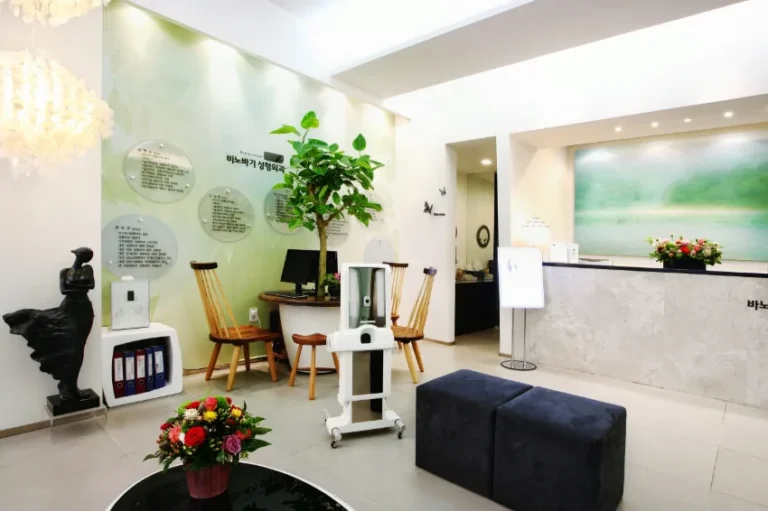While a lip lift is a relatively safe and popular cosmetic procedure, it’s essential for prospective patients to fully understand the potential lip lift surgery risks and the safety measures that can help minimize them. This awareness empowers patients to make informed decisions, set realistic expectations, and choose the right surgeon to achieve optimal outcomes with minimal complications.
This article outlines the medical risks associated with lip lift surgery and the safety protocols you should look for when preparing for the procedure.
Why Understanding Risks Matters
All surgical procedures carry some level of risk, no matter how routine or minimally invasive they may appear. A lip lift, although typically performed under local anesthesia and with a short recovery period, still involves permanent changes to facial anatomy. Patients should be aware of possible complications and how to avoid them through careful planning and post-operative care.
Common Lip Lift Surgery Risks
1. Scarring
- Cause: All lip lift procedures involve incisions, typically at the base of the nose or near the mouth corners. Improper healing, infection, or poor technique can cause visible or hypertrophic scars.
- Prevention: Choosing an experienced, board-certified surgeon who uses precise incision techniques and provides detailed aftercare instructions.
2. Asymmetry
- Cause: Minor differences in tissue removal or natural anatomical asymmetries may result in an uneven upper lip.
- Prevention: A skilled surgeon with a strong aesthetic eye will plan carefully to minimize imbalance.
3. Infection
- Cause: Bacterial contamination during or after surgery.
- Symptoms: Redness, warmth, pus, or fever post-op.
- Prevention: Use of sterile surgical technique, post-op antibiotics if needed, and proper wound care by the patient.
4. Nerve Damage or Altered Sensation
- Cause: Accidental damage to small sensory nerves during surgery.
- Outcome: Numbness, tingling, or hypersensitivity around the upper lip or nose area. Usually temporary, but rarely can persist.
- Prevention: Precise surgical dissection and technique by an experienced surgeon.
5. Poor Wound Healing
- Cause: Smoking, certain medical conditions (e.g., diabetes), or poor post-operative care.
- Symptoms: Delayed healing, wound dehiscence (opening), or crusting.
- Prevention: Pre-surgical screening for risk factors, cessation of smoking, and adherence to healing protocols.
6. Unsatisfactory Aesthetic Outcome
- Cause: Mismatch between patient expectations and realistic surgical possibilities or technical errors.
- Prevention: A thorough consultation with clear communication, digital imaging previews, and discussion of limitations.
7. Lip Tightness or Difficulty Moving Mouth
- Cause: Overcorrection or excessive skin removal.
- Outcome: Stiffness when smiling, speaking, or eating.
- Prevention: Conservative tissue removal and maintaining functional mobility during planning.
Who’s at Higher Risk?
Certain patients may have an increased risk of complications:
- Smokers (due to impaired healing and blood flow)
- Diabetics or those with immune-compromising conditions
- Patients on blood thinners or with clotting disorders
- Individuals with unrealistic expectations or body dysmorphic tendencies
A qualified surgeon will evaluate your medical history to assess your risk profile and ensure you’re a safe candidate.
Safety Protocols You Should Expect
✅ Pre-Operative Evaluation
- Detailed medical history and physical exam
- Bloodwork if necessary
- Medication review and smoking cessation guidance
✅ Sterile Surgical Environment
- Accredited surgical facility
- Use of sterile instruments and draping
- Experienced surgical team
✅ Local or Sedation Anesthesia (Safer Than General for Most Patients)
- Reduced risk of anesthesia-related complications
- Faster recovery and fewer side effects
✅ Post-Operative Care Plan
- Written instructions for wound care, hygiene, and activity restrictions
- Prescriptions for pain and, if needed, antibiotics
- Scheduled follow-ups for monitoring healing and early detection of problems
How to Reduce Your Risk
- Choose a Board-Certified Facial Plastic or Cosmetic Surgeon
- Ask About Complication Rates and Experience with Lip Lifts
- Follow All Pre- and Post-Op Instructions Diligently
- Disclose Your Full Medical History Honestly
- Avoid Smoking Before and After Surgery
When to Call Your Surgeon
Seek immediate medical advice if you experience:
- Sudden or worsening swelling or redness
- Fever or chills
- Pus or discharge from the incision
- Loss of sensation that worsens
- Trouble eating, speaking, or breathing
Early intervention can prevent more serious complications.
Final Thoughts
Understanding the lip lift surgery risks is a crucial step for any patient considering this facial enhancement. With proper planning, patient honesty, and the guidance of a qualified surgeon, most risks can be minimized—and the results can be both beautiful and long-lasting.




